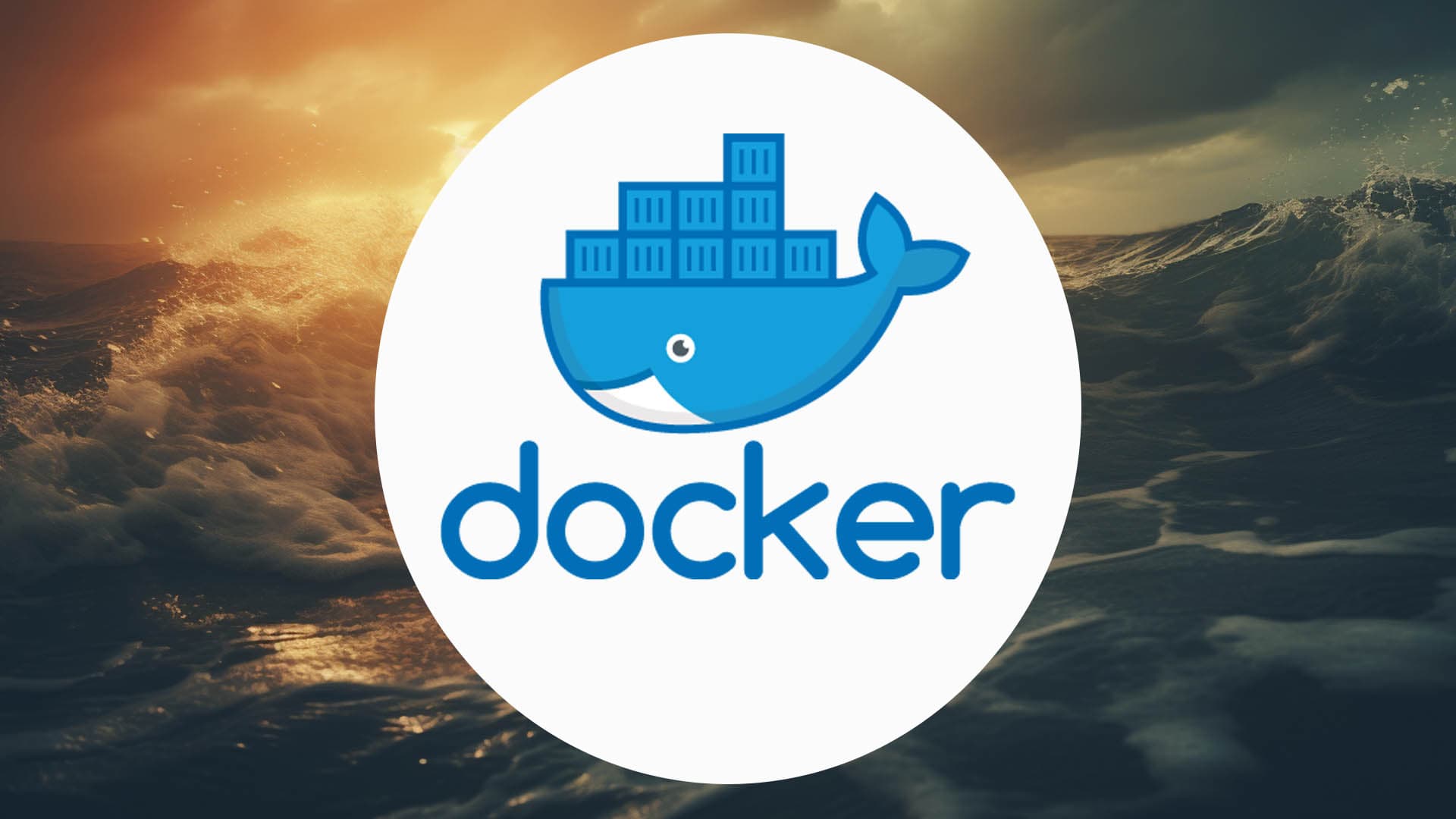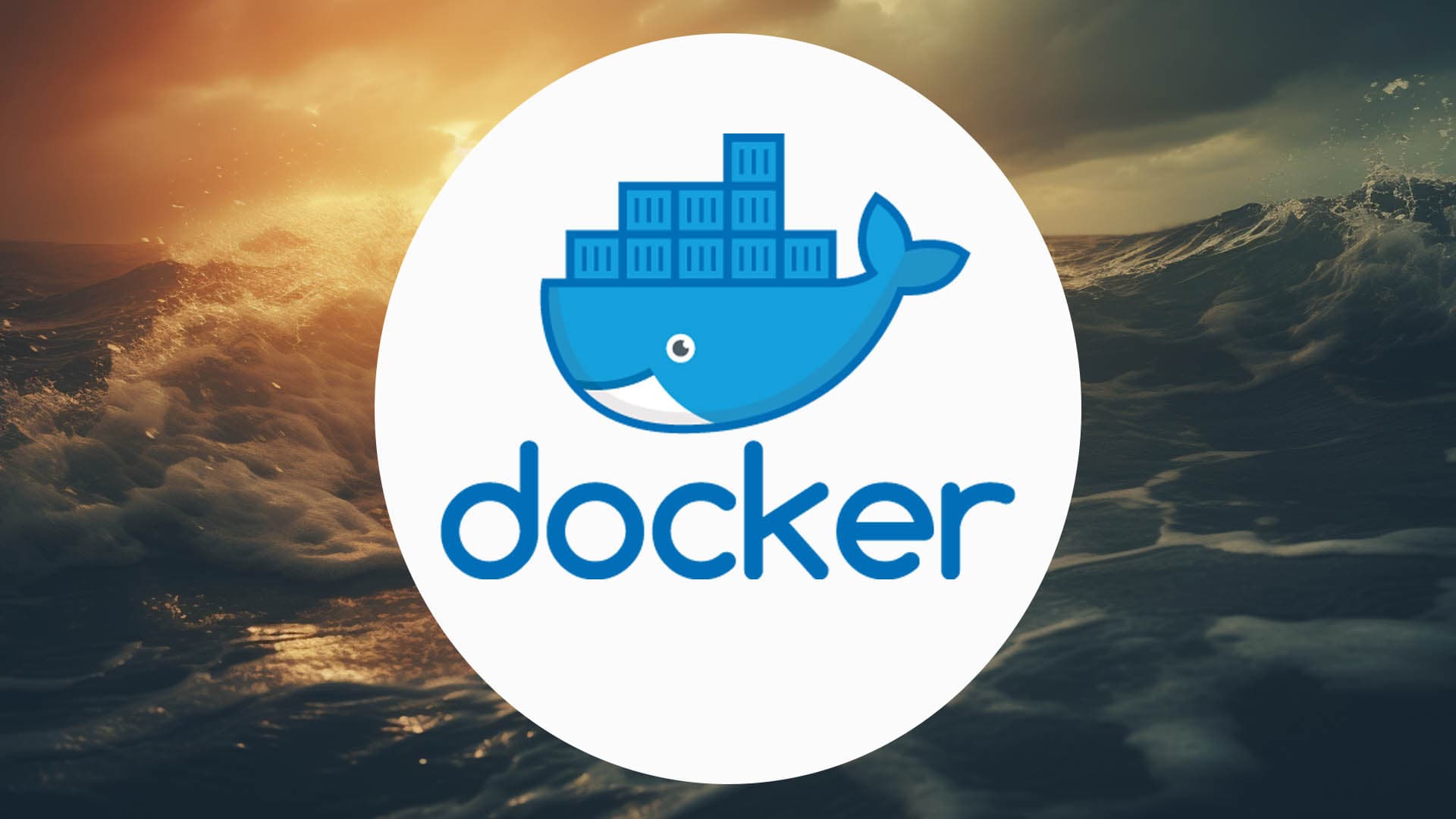What is Docker, And Why Use It?

Docker is an open-source platform that allows developers to create, deploy, and run applications in a containerised environment. Docker containers are lightweight, portable, and self-contained, making them ideal for modern software development and deployment. With Docker, developers can package their code and dependencies into a single container that can run on any system, regardless of the underlying infrastructure.
Understanding Docker is essential for anyone looking to build, deploy, or manage modern applications.
Key Takeways
- Docker is an open-source platform for creating, deploying, and running applications in a containerised environment.
- Docker containers are lightweight, portable, and self-contained, making them an ideal solution for modern software development and deployment.
- Docker is based on containers, isolated environments that run on the host operating system.
Understanding Docker
Docker allows developers to package applications and their dependencies into a single “container”, which can then be deployed on any system that supports Docker. Docker’s most obvious use case is deploying micro-services: small, independent services that work together to form a larger application.
One of Docker's key benefits is allowing developers to separate their applications from the underlying infrastructure. Developers can focus on building and testing their applications.
Docker is also highly scalable.
Key Components of Docker
Docker Daemon
The Docker Daemon is the core component of the Docker platform. It manages Docker containers' lifecycle: starting and stopping containers, creating and deleting images, and managing the Docker network. The Docker Daemon runs on the host machine and communicates with the Docker Client to execute commands.
Docker Client
The Docker Client is a command-line tool that allows developers to interact with the Docker Daemon. It provides a simple and intuitive interface for managing Docker containers, images, and networks. The Docker Client can run on any machine with access to the Docker Daemon, including remote machines.
Docker Images
Docker Images are lightweight, portable, and self-contained packages with all the necessary dependencies and configuration files to run an application. Docker Images are stored in a registry, such as Docker Hub, and can be shared and reused across different environments.
Docker Containers
Docker Containers are instances of Docker Images running in an isolated environment. From its points of vue, each container has its own file system, network interface, and process space. This makes it possible to run multiple containers on the same host machine without conflicts. Docker Containers are ephemeral and can be started, stopped, and deleted at any time.
Dockerfile
A “Dockerfile” is a text file containing instructions for building a Docker Image. It specifies the base image, the application code, and any dependencies required to run the application. Dockerfiles are used to automate building Docker Images and ensure consistency across different environments.
Docker Volumes
Docker volumes are a way to store and share data between containers. They serve to persist data, even if a container is deleted or recreated. Volumes can be used to share data between containers or to make data available to other services on the host.
Volumes are created using the docker volume create command. Once a volume is created, it can be mounted to a container using the docker run command. Volumes can also be mounted to multiple containers, allowing for easy sharing of data.
Docker Networking
Docker provides several networking options, including bridge networks, overlay networks, and host networks. Bridge networks are the default networking option for Docker. They allow containers to communicate with each other on the same host, but not with services outside of the container environment. Overlay networks allow containers to communicate with each other across multiple hosts. Host networks allow containers to use the networking stack of the host machine.
Working with Docker
Docker CLI
The Docker CLI, or Command Line Interface, provides a set of commands for managing Docker containers, images, networks, and volumes (e.g. to create, start, stop, and remove containers and build and push images to Docker Hub).
Docker Compose
Docker Compose is a tool that allows developers to define and run multi-container Docker applications. It uses a YAML file to define an application’s services, networks, and volumes, making it easy to manage complex applications with multiple containers. With Docker Compose, developers can start and stop an entire application with a single command.
Docker Hub
Docker Hub is a cloud-based registry that provides a central location for developers to find and download images and a platform for sharing images with the community.
Docker Desktop
Docker Desktop is a tool that allows developers to run Docker on their local machine.
We help you better understand software development. Receive the latest blog posts, videos, insights and news from the frontlines of web development
Docker Architecture and Workflow
Docker is built on a client-server architecture. The Docker client talks to the Docker daemon, which does the heavy lifting of building, running, and distributing Docker containers. Docker uses a layered filesystem, container lifecycle, and Docker API to provide a flexible and efficient platform for developing, shipping, and running applications.
Docker Layered Filesystem
Docker uses a layered filesystem to build and store Docker images. Each layer represents a change to the filesystem, such as adding a file or modifying a configuration. Layers are stacked; the final layer is the container's read-write layer. This layered approach allows Docker to reuse layers across different images, reducing the amount of disk space needed to store images.
Container Lifecycle
Containers are isolated environments that run a single application or process. Docker provides a simple and efficient way to manage container lifecycles, from creating and starting containers to stopping and removing them. The container lifecycle includes the following steps:
- Create: Docker creates a container from an image.
- Start: Docker starts the container and runs the specified command.
- Pause: Docker pauses the container and saves its state to disk.
- Unpause: Docker resumes a paused container.
- Stop: Docker stops the container and saves its state to disk.
- Restart: Docker restarts a stopped container.
- Remove: Docker removes the container and its associated filesystem.
Docker and Virtualisation
Docker Vs Virtual Machines
Virtual Machines (VMs) virtualise the hardware layer, allowing multiple guest operating systems to run on a single host machine. Each guest operating system runs on a virtual hardware layer, which is created by the hypervisor. The hypervisor is responsible for managing the virtual hardware resources and isolating each guest operating system from the others.
On the other hand, Docker uses kernel namespaces and cgroups to provide isolation. Kernel namespaces allow Docker to create multiple isolated environments on a single host machine, each with its view of the system resources. Cgroups allow Docker to limit the amount of resources containers can use, ensuring that one container does not monopolise the resources of the host machine.
Docker containers are isolated from each other (and the host machine) but share the same kernel. This means containers do not need to run the guest operating system. This reduces overhead and makes it possible to run more containers on a single host machine.
Docker in Development Environment
In the development environment, Docker provides a consistent and reproducible environment for developers to work on their code. With Docker, developers can easily set up a development environment that closely mimics the production environment, reducing the risk of bugs and errors that might arise from different environments. It also makes it easier to manage dependencies and libraries, ensuring that all developers are working with the same versions of software. This helps reduce the time spent on debugging and troubleshooting.
Docker in Production
In the production environment, Docker provides a reliable and scalable way to deploy applications. Docker containers can be easily deployed to different environments, making it easier to scale up or down as needed. Docker's isolation reduces the risk of conflicts between applications running on the same server. This helps improve security, as vulnerabilities in one container won't affect other containers running on the same server.
Advanced Docker Concepts
Getting Started with Docker
In this section, we will cover the basics of getting started with Docker.
Installation
Before you can start using Docker, you need to install it on your computer. Docker provides installation packages for Windows, macOS, and Linux. Once you have installed Docker, you can use it from the command line.
Running a Container
The first thing you will want to do with Docker is to run a container. A container is an instance of an image running as a separate process on your computer. To run a container, specify the image you want to use and any options you want to pass to the container. For example, to run a container based on the official nginx image, you can use the following command:
docker run --name my-nginx-container -p 8080:80 nginx
This command will:
- start a new container based on the nginx image,
- give it a name of
my-nginx-container, and - map port 8080 on your computer to port 80 in the container.
Building an Image
If you want to create your own Docker image, you can do so using a Dockerfile. A Dockerfile is a text file that contains instructions for building an image. You can use any text editor to create a Dockerfile. For example, the following Dockerfile will create a new image that installs nginx and copies a custom configuration file:
FROM nginx
COPY nginx.conf /etc/nginx/nginx.conf
To build the image, you can use the following command:
docker build -t my-nginx-image .
This command will build a new image with the tag my-nginx-image based on the Dockerfile in the current directory.
Deploying an Application
Once you have built your Docker image, you can deploy it to a production environment. Docker provides several tools for deploying applications, including Docker Swarm and Kubernetes. Docker Swarm is a native clustering and orchestration solution for Docker. It allows you to create and manage a cluster of Docker nodes, and deploy your applications across the cluster. Kubernetes is a popular open-source platform for managing containerised workloads and services. It provides powerful features for deploying, scaling, and managing containerised applications.



